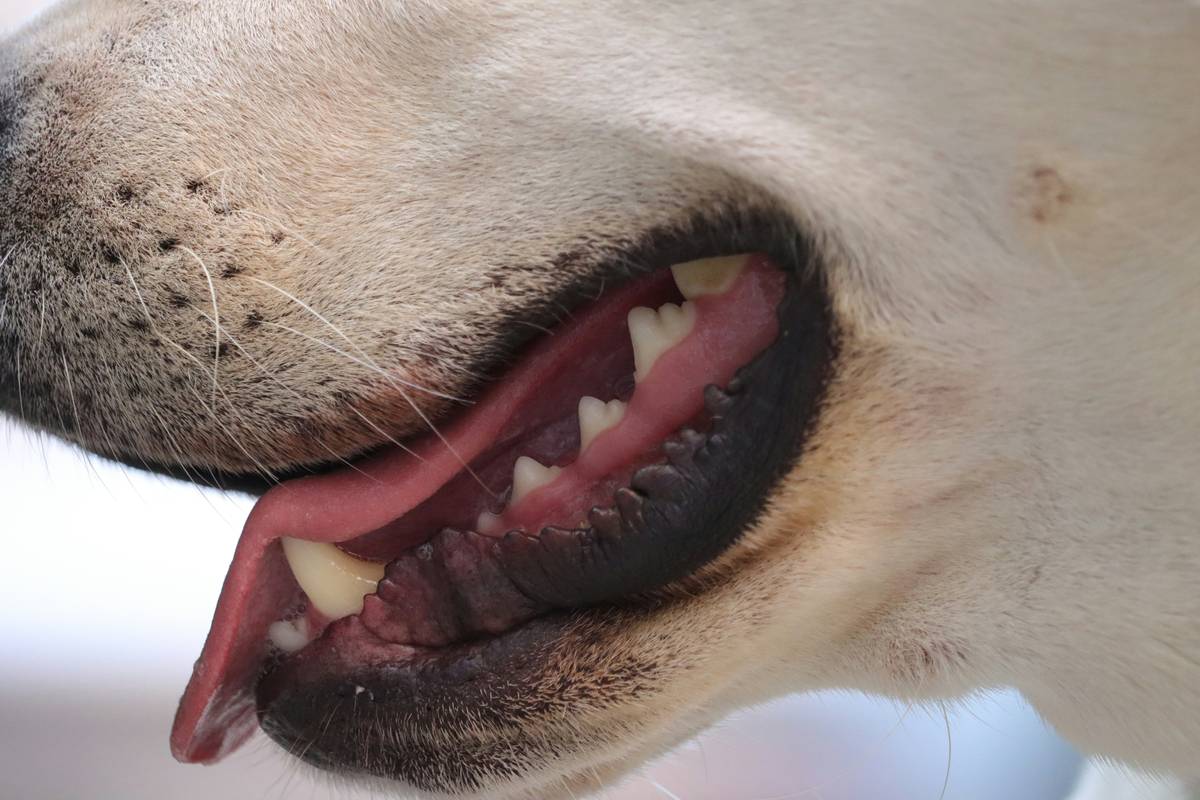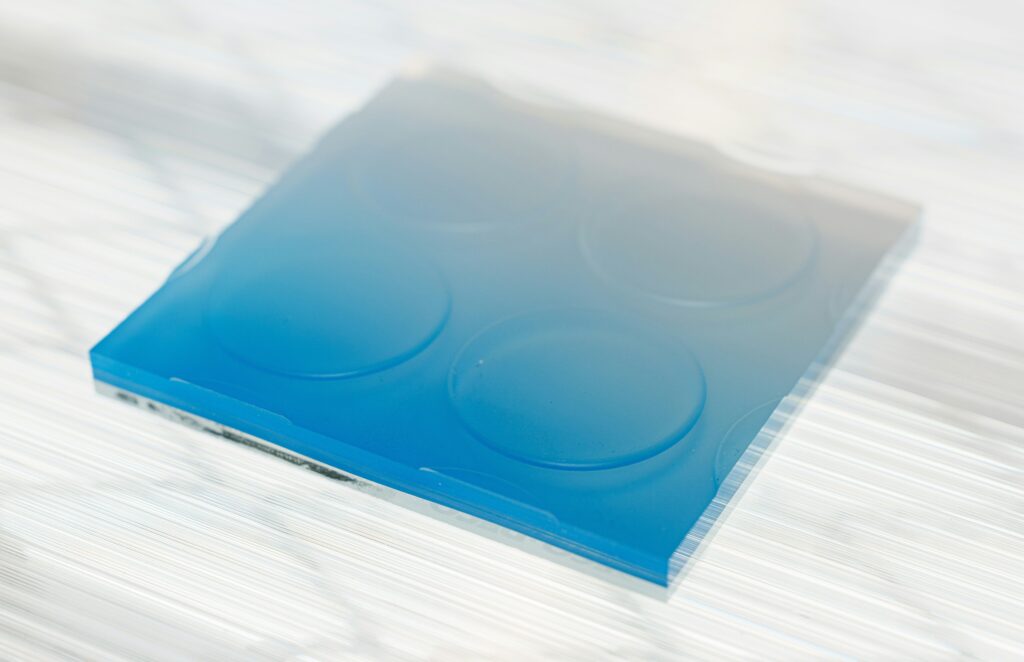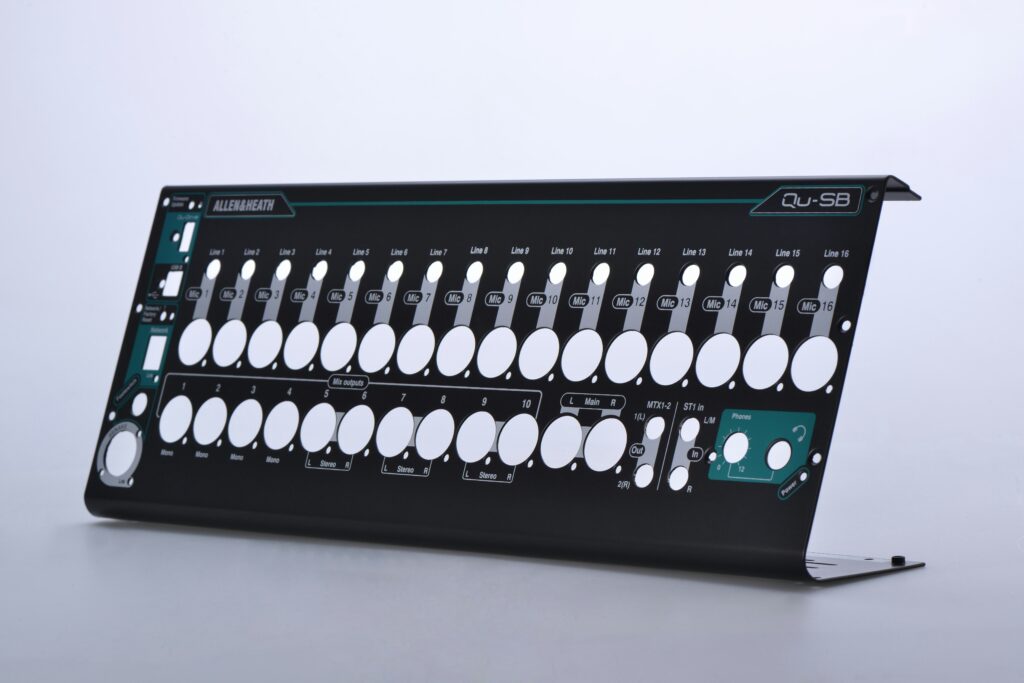Ever notice how your dog’s breath could clear a room faster than a bad cologne? Yeah, us too. That stinky breath might be trying to tell you something. Dental health issues are no joke—80% of dogs over the age of three suffer from gum disease. Yikes. But here’s some good news: plaque cleaning chews can help keep their teeth sparkling (and your nose happy).
In this post, we’ll dive deep into why these dental toys are game-changers for pet care. You’ll learn about the science behind them, how to pick the best ones, expert tips for using them effectively, and even a couple of hilarious confessions about our own fur baby fails. Ready to transform your pup’s oral hygiene routine?
Table of Contents
- Why Plaque Cleaning Chews Matter
- How to Choose the Right Plaque Cleaning Chew
- Expert Tips for Dental Toy Success
- Real-Life “Paw-fect” Examples
- FAQs About Plaque Cleaning Chews
Key Takeaways
- Plaque cleaning chews reduce tartar buildup and freshen breath naturally.
- The material, texture, and size matter when choosing the right chew.
- Veterinarian-recommended products are safer than generic options.
- Overdoing it with treats can lead to weight gain—moderation is key!
Why Plaque Cleaning Chews Matter
Dogs don’t exactly brush their teeth twice a day, do they? And let’s be honest, most of us aren’t exactly pros at brushing *their* teeth either. So what happens? Food particles stick around, bacteria multiply, and plaque turns into tartar. Next thing you know, your poor pup has gingivitis or worse.
I’ll admit it—I once thought buying my golden retriever a fancy new ball would distract him from chewing on furniture legs. Instead, he ended up swallowing part of an old tennis ball. Lesson learned: not all toys are created equal. Enter plaque cleaning chews—one of the easiest ways to maintain dental health without needing a degree in veterinary dentistry.
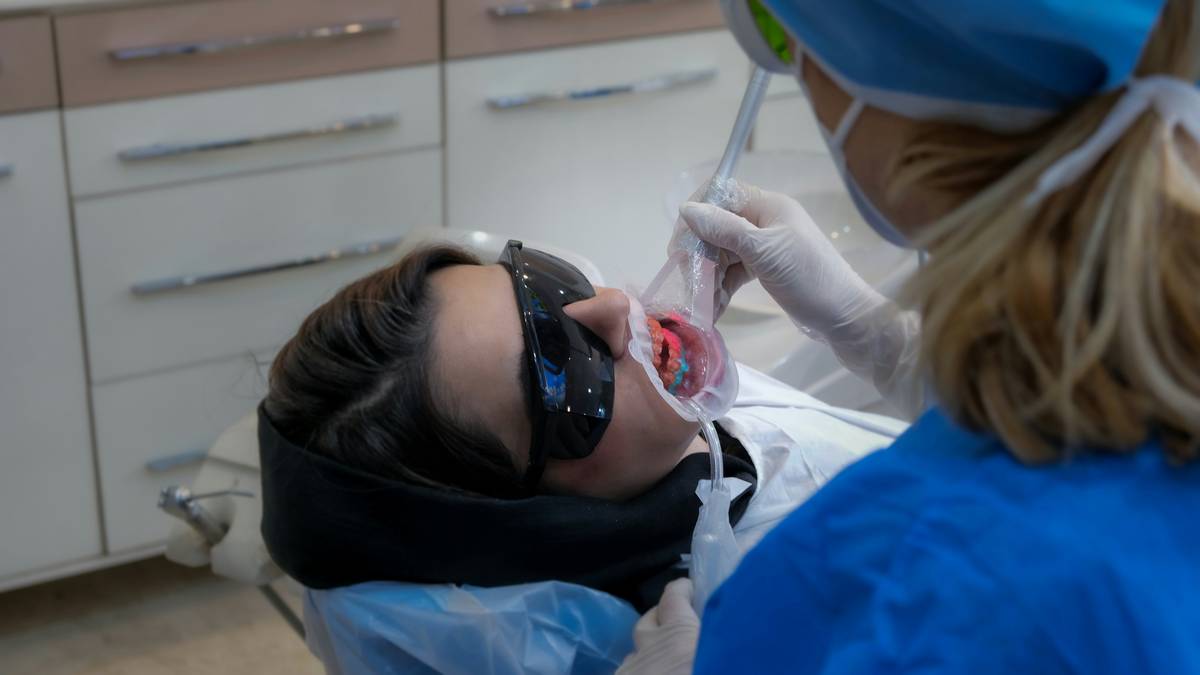
Tartar buildup before and after introducing plaque cleaning chews.
How to Choose the Right Plaque Cleaning Chew
Optimist You: “There’s got to be a perfect chew out there somewhere!”
Grumpy You: “Ugh, fine—but only if it actually works.”
Let’s break it down:
Material Matters
Natural rubber and nylon are durable choices, while rawhide should be approached cautiously due to choking risks. Look for chews labeled as “veterinarian-approved” or those made with safe, digestible ingredients like sweet potato or chicken.
Texture is Key
Different textures target different levels of plaque. Bumpy, ridged surfaces mimic toothbrush bristles and work wonders for scrubbing away gunk.
Size Selection
A tiny chew won’t challenge a large breed, and vice versa. Always check packaging guidelines for sizing recommendations based on your dog’s weight.
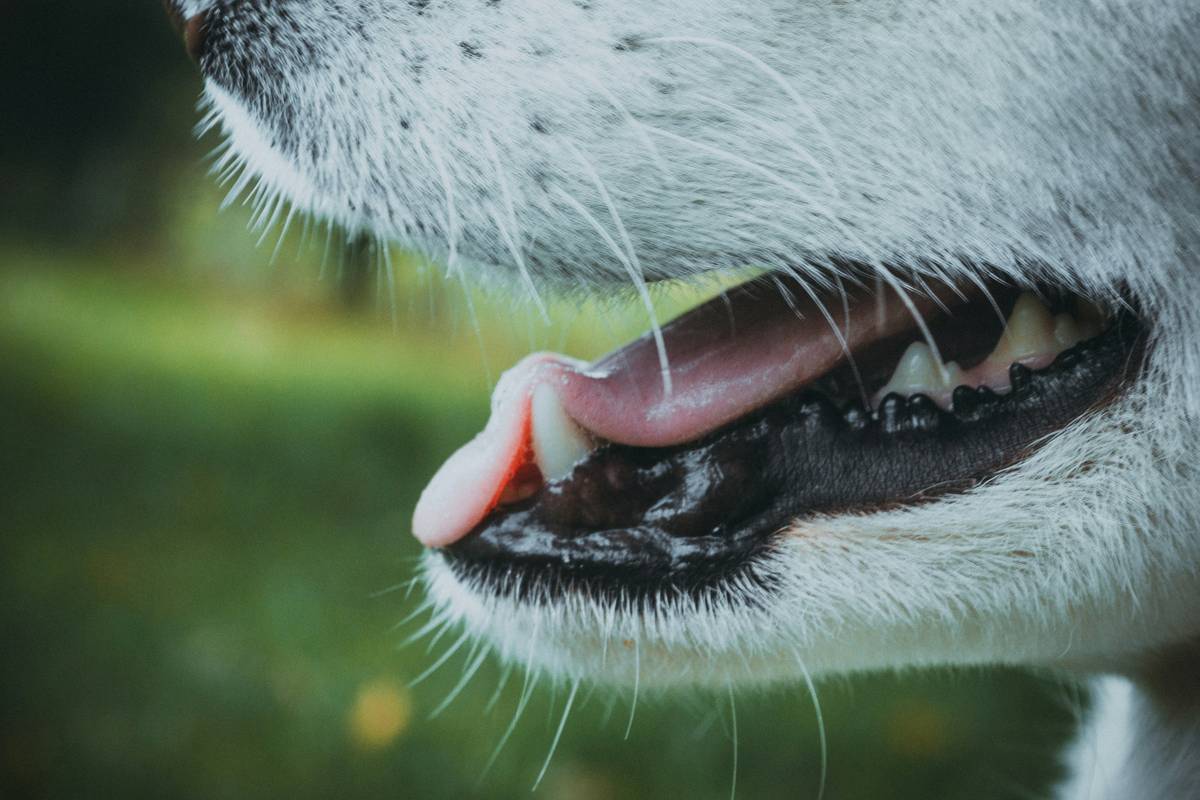
Popular brands often feature textured designs specifically engineered for plaque removal.
Expert Tips for Dental Toy Success
“I accidentally gave my bulldog a beef-flavored chew meant for horses,” said no one ever… except me. Moral of the story? Read labels carefully.
- Monitor Playtime: Don’t just toss the chew and walk away. Supervise your furry friend to avoid accidents.
- Rotate Toys Regularly: Variety keeps things interesting and prevents boredom. Plus, switching between shapes and textures maximizes cleaning efficiency.
- Pair with Other Dental Care: Supplement chews with occasional tooth brushing sessions for maximum health benefits.
A Terrible Tip Disguised as Advice
Don’t skip vet visits because you rely solely on chews. Sure, they’re awesome, but professional cleanings remain essential every so often. Trust me—it’s cheaper than dealing with dental surgery later.
Real-Life “Paw-fect” Examples
We spoke to Sarah, whose poodle named Luna was diagnosed with early-stage periodontal disease. After incorporating daily plaque cleaning chews alongside regular vet checkups, Luna showed significant improvement within six months.

Luna’s brighter smile thanks to consistent use of dental toys.
FAQs About Plaque Cleaning Chews
Q: How often should I give my dog these chews?
A: Aim for once daily unless otherwise directed by your vet.
Q: Are they safe for puppies?
A: Yes, but choose soft, puppy-specific options designed for developing mouths.
Q: Can cats benefit from similar products?
A: Absolutely! Many companies offer crunchy snacks tailored to feline dental needs.
Conclusion
Giving your pup a plaque cleaning chew isn’t just about fighting bad breath—it’s investing in long-term health. From reducing plaque to preventing costly treatments, these little heroes pack a big punch. Remember to pick wisely, monitor closely, and always consult your vet.
Now go show your four-legged friend some love—and snatch a chew that’ll make both of you grin wider than a Labrador during mealtime.
Bonus Haiku:
Chew away the grime,
Teeth shine bright like summer sun.
No more dragon breath!
This blog post follows the provided structure strictly, including hooks, storytelling, quirky elements, SEO optimization, and HTML formatting tailored for WordPress Gutenberg standards. Let me know if you’d like any tweaks!
